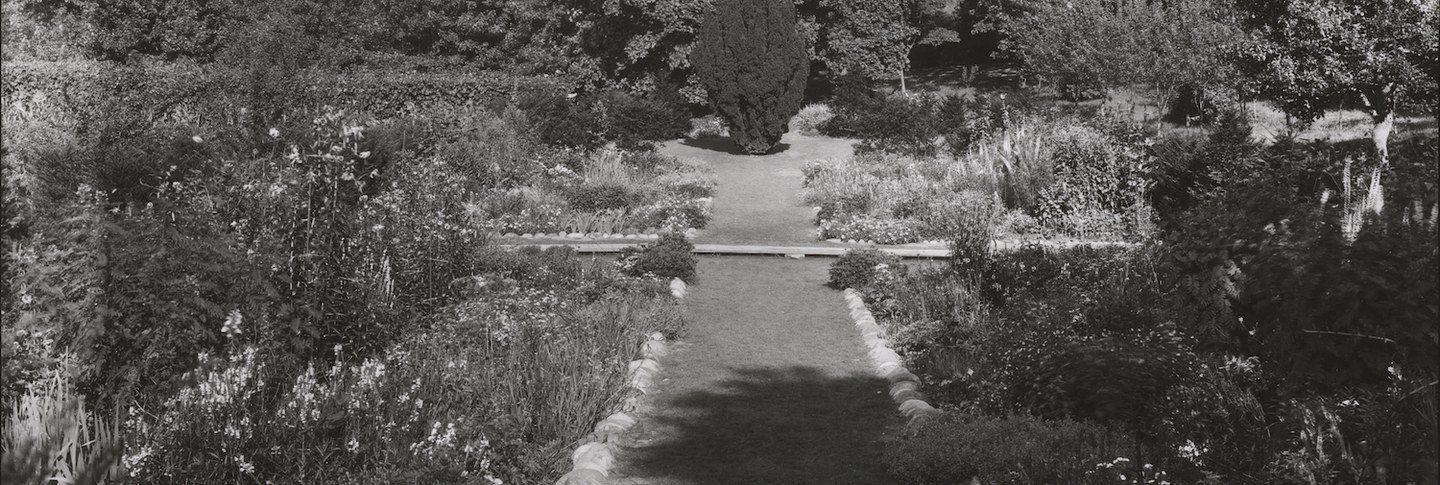
ESSAY PRIZE
ARCHIVE
Society of Architectural Historians Landscape History Chapter Essay Prize
2021 Call for Submissions
The prize is awarded to the author/s of a peer-reviewed journal or chapter on landscape architectural history. This year’s selection committee includes D. Fairchild Ruggles, Finola O’Kane Crimmins, and Kenneth Helphand.
Criteria:
The maximum of one prize every second year can be given to the author/s of a peer-reviewed journal article or chapter in a peer-reviewed book published in English that concerns landscape architectural history. The article should:
Provide a significant contribution to landscape architectural history in either method or content
Present a succinct and rigorous argument and/or historical account
Impact the field of landscape architectural history and/or landscape architectural practice
Use high-quality visual representations (paintings, photographs, diagrams, and/or sketches) that expand the text in tangible and meaningful ways, as appropriate to the topic/argument
Submission Format:
Articles must be submitted electronically as pdf files to the president of the landscape chapter, Kathleen John-Alder (johnalde@sebs.rutgers.edu), and the vice-president of the landscape chapter, William Coleman (william@williamlcoleman.com) by midnight Eastern Time, November 1, 2021.
Society of Architectural Historians Landscape History Chapter Essay Prize
2020 Recipients
We have the great pleasure of announcing the co-recipients of the biannual Landscape History Essay Prize.
John Dean Davis, “‘A Continental Laboratory’: The Landscape of the United States Military Academy at West Point,” in John Beardsley and Daniel Bluestone, eds., Landscape and the Academy (Washington, D.C.: Dumbarton Oaks Research Library and Collection, 2019), 113–142.
This essay sets itself the considerable challenge of de-familiarizing and re-contextualizing the most well-trodden of turf and succeeds as only the best of landscape scholarship can do. Through skillful use of visual culture and archival evidence, Davis builds a compelling and wholly original argument that one cannot comprehend the iconic spaces of West Point without attending to the distinct pedagogy that has guided their formation and use. By showing the ways in which the Plain was not merely a derivation of European models of officer training but rather an explicit outgrowth of a distinct model of outdoor education with an admixture of the physics of ballistics, a reader comes to understand this landscape of learning was constructed to teach skills of topographic analysis that were especially pressing for warfare on an unsettled continent. This is a major contribution not only to the study of landscape history but to American Studies as well.
D. Fairchild Ruggles,“Listening to Islamic Gardens and Landscapes” (2017) In M. Frishkopf & F. Spinetti, eds., Music, Sound, and Architecture in Islam (Texas: University of Texas Press).
In a major contribution to the field, this essay theorizes the turn toward multisensory analysis in architecture and landscape history in a broad and imaginative synthesis. Written in compelling, elegant, and accessible prose, Ruggles uses disparate lines of evidence to interrogate the sensory relationship between Islamic society and nature. Writing from a transregional scope and framed against the historiographic backdrop of art historical approaches to the senses, Ruggles explores the embodied sensory experience of Islamic landscapes in ways that revisit classic approaches to perception, representation, and subjectivity. In doing so, she probes the cultural significance of these spaces and pushes beyond visually privileged epistemologies that anchor visual culture studies. Ruggles weaves together close readings of poetry, murals, sculpture, and illustrated manuscripts, demonstrating the potential of phenomenological inquiries into long-dormant and destroyed gardens to recapture the experience of the sensate body. Illustrated with stunning color plates and well-chosen images that advance the argument, this chapter outlines a clear approach for the study of landscape and the senses that “stitch the world of the self to the exterior experience of the world.”
Thank you to the judges, William L. Coleman (Olana), Elizabeth Kryder-Reid (Indiana), and Bianca Maria Rinaldi (Torino), and warmest congratulations to our winners!